Have you ever heard of the Arctic Lakeland in Finland, and why it’s so special? Here we’ll tell you all about it and give you 8 reasons to visit, in summer and in winter!
We’ve just recently returned from our 10th trip to Finland (5th time in winter!) and with every visit, our love for the country grows stronger. There’s something very special about Finland in winter – true, it’s cold and the sun is in the sky only for a few hours each day, but the light is just magical. We’ve already spoken about it in our article about visiting Oulu in winter in case you’re curious about it.
When talking about Finland in the coldest months of the year, most people immediately think of a snowy trip to Lapland, maybe with a few days in the capital to experience Helsinki in winter. Don’t get me wrong, Lapland is amazing, but it can get pricey and quite busy, especially if you opt to stay in Rovaniemi.
We have an alternative for you – Arctic Lakeland, the northern part of Finland’s lake-filled center, located just south of Lapland. This region offers many traditional ‘winter in Finland’ activities – think meeting Santa, snowshoeing, smoke sauna followed by ice swimming, and good chances to see the Northern Lights, all at a much more affordable price compared to Lapland.
In summer, Arctic Lakeland becomes an adventure paradise. You can go canoeing and kayaking, hiking and cycling along offbeat trails, and even camp outside as you wish, thanks to Finland’s Everyman’s Right.
And there’s more! The region hosts one of the most important (and greenest!) chamber music festivals in the world, so if you’re more of a music person than an outdoor person, there’s also a good reason for you to visit Arctic Lakeland in Finland.
Now, let’s have a close look at Arctic Lakeland, how to get there, and what to expect in summer and winter.
Where is Arctic Lakeland?
The region of Arctic Lakeland, also known as Kainuu, extends just south of Lapland and east of Oulu and the Gulf of Bothnia, up to the border with Russia. The main town in the region is Kajaani, where you’ll also find the airport, and the second largest is Kuhmo, home to the chamber music festival we mentioned above.
Other notable destinations in Arctic Lakeland are Vuokatti, one of Finland’s prime skiing resorts, and Hossa National Park, known for its outdoor activities and ancient rock paintings.
We also have a really cool itinerary of the Bothnian Coastal Route in case you were looking to extend your trip!
Arctic Lakeland Practical Info
How to Get To Arctic Lakeland
- By Plane: fly Finnair from Helsinki to Kajaani airport (KAJ), a tiny regional airport with only 1/2 flights a day to and from the Finnish capital. Flights were recently started again after being halted due to the pandemic.
- By Train: there’s also a railway station in Kajaani. Travel time from Helsinki is about 6/7 hours.
- By Car: it takes approximately 7 hours to drive from Helsinki to Kajaani. Considering that if you’re travelling independently you’ll need a car to get around Arctic Lakeland, you can also opt to drive there from Helsinki, perhaps stopping in Mikkeli or North Karelia.
How to Get Around Arctic Lakeland
One of the main appeals of Arctic Lakeland is the fact that it’s so quiet and remote. The entire region is home to only 70,000 people, half of which live in Kajaani. There is public transport, but buses are quite infrequent, so it’s much better to have your own car – especially if you’re planning to travel to several locations within the region.
Roads in Finland are usually well-maintained. In winter they’re not always clean from snow and ice, but if you rent a car during the winter months it will come with spiked tires, making it easy and safe to drive on the snow. Don’t forget to always pay attention though!
Arctic Lakeland in Winter – Weather
Well, you didn’t come to Arctic Lakeland in winter for the sunny weather, did you? The region in winter is cold, and by cold we mean somewhere around -10/-20°C, dipping even further to -30°C at times. Remember to layer up, invest in good-quality thermal underwear and pack heavy mittens and hand warmers to be comfortable.
If you are planning to take part in outdoor activities, your provider will usually offer technical equipment such as heavy-duty winter boots, overalls, and mittens. These are absolutely essential in case of activities like snowmobiling and husky rides, especially if the temperature is -20 or lower.
In terms of sunlight hours, when we visited in January the sun rose around 9.30 AM and set at approximately 3 PM. Many activities are also fun to do during blue hour or even at night time – like admiring the northern lights, even though this time we were not lucky in that respect.
Arctic Lakeland in Summer – Weather
This part of Finland is perfect to escape the heat of southern and central Europe in summer. The hottest month is July, where maximum temperatures usually hover around 20°C, and about 10°C at night. It’s warm enough to swim in the many lakes around the region, and to enjoy spending time outdoors without having to retreat inside in the hottest part of the day.
In summer, the days are pretty much never-ending. The region doesn’t quite experience the Midnight sun since it’s south of the Arctic Circle, but in June and July the sun sets around 11 PM and rises just a couple of hours later, so it never really gets fully dark.
Temperatures usually start to decrease considerably by mid-August onwards, marking the beginning of ruska, the Finnish autumn. The good points are that the trees are full of amazing colours and the nights start to get dark – meaning you might have the opportunity to see the Northern Lights without being cold!
4 Reasons to Visit Arctic Lakeland in Winter
We visited Arctic Lakeland in the month of January 2024 over a period of four days, flying in and out of Kajaani from Helsinki.
We spent the first two nights at Hotel Kalevala in Kuhmo, about 2 hours drive from Kajaani Airport, and the final night at Lentiira Holiday Village, about 40 minutes north, and stopped at Vuokatti on the way back. We experienced all the winter activities during our stay, and also visited Kuhmo and the Bear Centre.
1) Go Cross-Country Skiing
Finland is a country with very few mountains, so usually when a Finn invites you to go ‘skiing’, most of the time they mean cross-country skiing. There are plenty of opportunities to try cross-country skiing all over Arctic Lakeland, or to learn if you’ve never tried before.
We spent a wonderful morning cross-country skiing in Kuhmo, from Hotel Kalevala to the little island of Harakkasaari. Conditions were just perfect, the snow was powdery and dry, and the tracks were in great condition and easy to follow. The temperature was cold, about -15°C, but as long as we kept moving, we barely felt it.
We skied across one of many frozen lakes and past snow-covered pine trees to reach the island, where we had a glass of warm blueberry juice before skiing back. We are quite familiar with cross-country skiing, but our group included some people who had never skied before, and everyone enjoyed the experience.
If you’re visiting Arctic Lakeland in winter and would like to try cross-country skiing, chances are your hotel will offer skis and equipment for rent, or there will be a rental shop nearby. Those who prefer Alpine skiing will also find a place to enjoy their favourite sport in Arctic Lakeland. Vuokatti is one of Finland’s largest ski resorts, with a variety of runs and cross-country trails for all levels.
Between one run and another in Vuokatti, make sure you visit Heikkilän Pirtti, a cafè in a red wooden house run by a friendly couple, serving delicious soups, homemade cakes and other comfort food, perfect for a break before heading back into the snow.
2) Meet Santa at Pohjolan Talo
Wait, I know what you are going to say. Didn’t Santa live in Lapland? What is he doing in Arctic Lakeland? Well, apparently Santa does have his headquarters in Lapland, but he returns back to his house in Kuhmo at the end of the Christmas rush – or so it goes.
Pohjolan Talo is a collection of traditional Karelian wooden buildings, just 200 meters from Hotel Kalevala in Kuhmo. In summer, Pohjolan Talo houses a delicious burger restaurant; in winter, it becomes Santa’s house, and children are welcome to visit to meet the big man himself.
Everyone else can join a variety of craft programmes available throughout the year – for instance, you may learn how to bake decorated gingerbread cookies, or make your own Christmas cards from scratch.
3) Go Snowshoeing in the Wilderness
Together with cross-country skiing, snowshoeing is our favourite winter activity, a sustainable way to enjoy nature and silence. The advantage of snowshoeing is that anyone can do it, and there’s no need of special training or lessons – you just strap your snowshoes on and set off!
We went snowshoeing on the frozen lake opposite Lentiira Holiday Village – snowshoes and backcountry skis are both available for rental, and there’s no need to have a guide with you, but you can certainly ask reception to arrange one if you prefer.
We recommend snowshoes over backcountry skis if you’re not familiar with skiing. Snowshoeing is really fun to do in deep snow, but it does get tiring after a while, so make sure to save some energy for the trip back!
4) Enjoy Smoke Sauna and Ice Swimming
You can’t possibly visit Finland without having an authentic sauna! Our favourite is smoke sauna, or savusauna in Finnish, the most traditional and authentic kind – we explain more about how it is and how it works in our article about our favourite sauna experiences in Finland.
In Arctic Lakeland, you can try smoke sauna at Lentiira Holiday Village. Smoke sauna is quite expensive as it takes several hours to heat the sauna to the required temperature using only wood fire, therefore it is recommended mainly if you are visiting with a group.
After sauna, Finns will head to a lake or the sea for a refreshing dip. This is especially beneficial in winter, as immersion in cold water has countless benefits for our health – it reduces blood pressure, boosts the immune system, reduces stress and offers a wonderful endorphin boost. I can personally attest this is true!
At Lentiira, there’s an ice hole just a few steps from the sauna where you can try ice swimming for yourself. Remember to cover your head with a beanie and control your breathing, as the impact with cold water will make you hyperventilate. Start with a few seconds, and then gradually build up. It’s seriously addictive!
4 Reasons to Visit Arctic Lakeland in Summer
5) Kuhmo Chamber Music Festival
Every year in July, the sparkling lakes and green forests of the region become the background for the Kuhmo Chamber Music Festival, attracting classical music fans and performers from all over the world.
The 2024 edition will take place from July 14th to 27th and will include over 60 concerts on the theme of “Borderlands”, inspired by Finland joining NATO and the new significance of the country’s eastern border in view of recent political developments.
Most concerts are held in the beautiful Kuhmo Arts Center – Lentua Hall seats 668 people, and it’s known for its incredible acoustics thanks to moveable panels made with locally-sourced timber. Other events take place in locations around Kuhmo, including the primary school and a beautiful wooden church.
6) Visit the Bear Centre
Between April and October, Arctic Lakeland becomes a great destination for bear photography. Forget spending hours and hours in crowded, freezing hides – the Bear Centre near Lentiira has spacious, comfortable shelters, with seats and large windows to set up your camera for unforgettable shots.
Bears hibernate during the winter, and typically start becoming active in late April. Every month offers different bear watching opportunities – for instance, May is rutting season, while in June you can photograph bears surrounded by cotton grass, and in September you can see the trees change colour.
The Bear Centre boasts an incredible 90/99% success rate when it comes to bear watching, and if you are very very lucky indeed you might even see one of the other large carnivores that inhabit the area – lynx, wolves and wolverines.
Those who really want to spoil themselves can stay in the Bear Center luxury cabins, with large windows overlooking the forest, meaning you can see bears while lying in bed. There’s also a sound system you can turn on to be alerted when bears are approaching the cabin, to make sure you won’t miss a viewing!
7) Go Canoeing in Hossa
Canoeing is another fun reason to visit in Arctic Lakeland in summer, and one of the best places to do it is Hossa National Park, about 2 and a half hours drive out of Kuhmo.
Hossa offers a variety of canoeing and kayaking routes, ranging from placid paddles across lakes to expeditions with class 3 rapids that last for several days, camping in the wilderness.
Make sure you visit the Hossa National Park info centre before you set off, or better still contact a local operator for info on suitable routes and to rent equipment. You can find further info on the Wild Taiga website.
8) Explore the Forest by Fatbike
Arctic Lakeland is full of forests, and a great way to explore in summer is on the saddle of a fatbike – regular or electric, up to you.
Just in case you’re not familiar, fatbikes have wider tires compared to mountain bikes, making them especially suitable to loose terrain, roots and rocks, all conditions you might find in a Finnish forest.. There are several operators renting out fatbikes and e-fatbikes, and even offering guided tours if you prefer to explore with a local.
Another wonderful reason to visit Arctic Lakeland in summer!
Our time in Arctic Lakeland was supported by Visit Kuhmo, Wild Taiga and Toolbox Consulting as part of the Discover Finland, Estonia and Sweden 2024 media tour project.

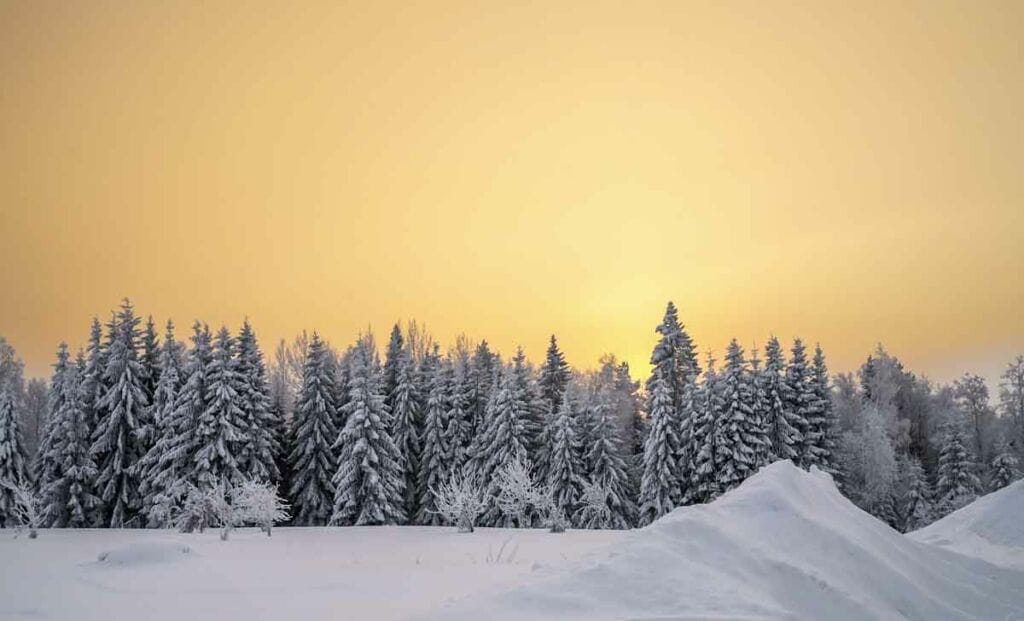
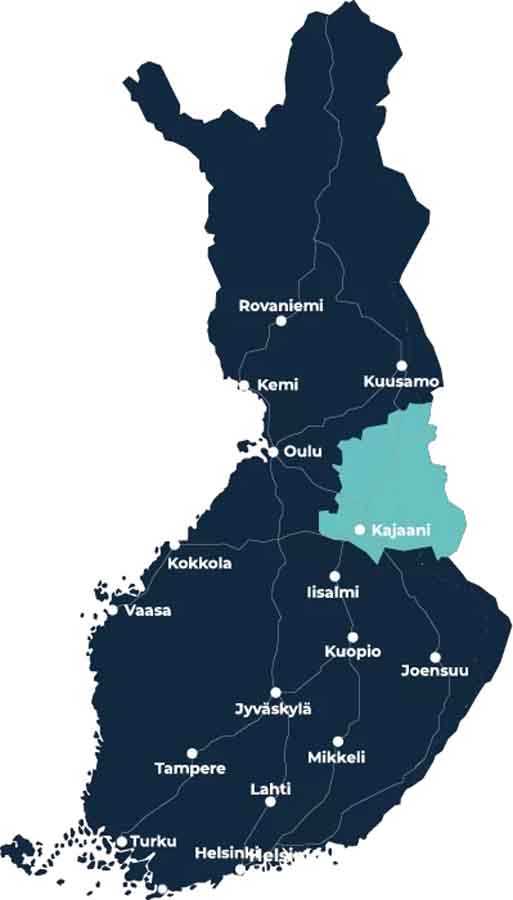

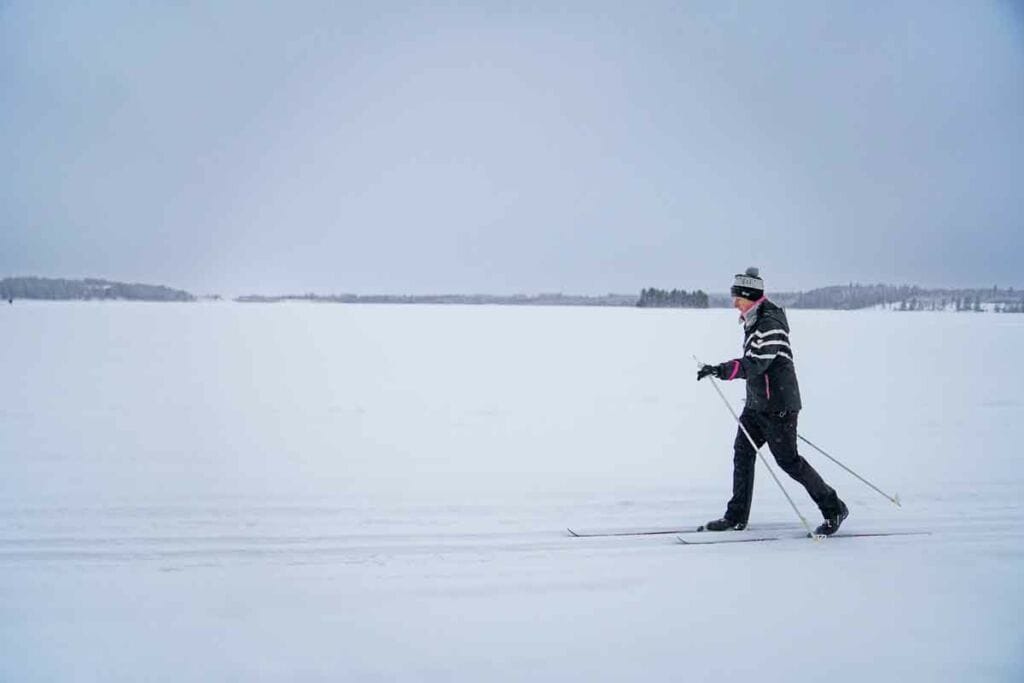

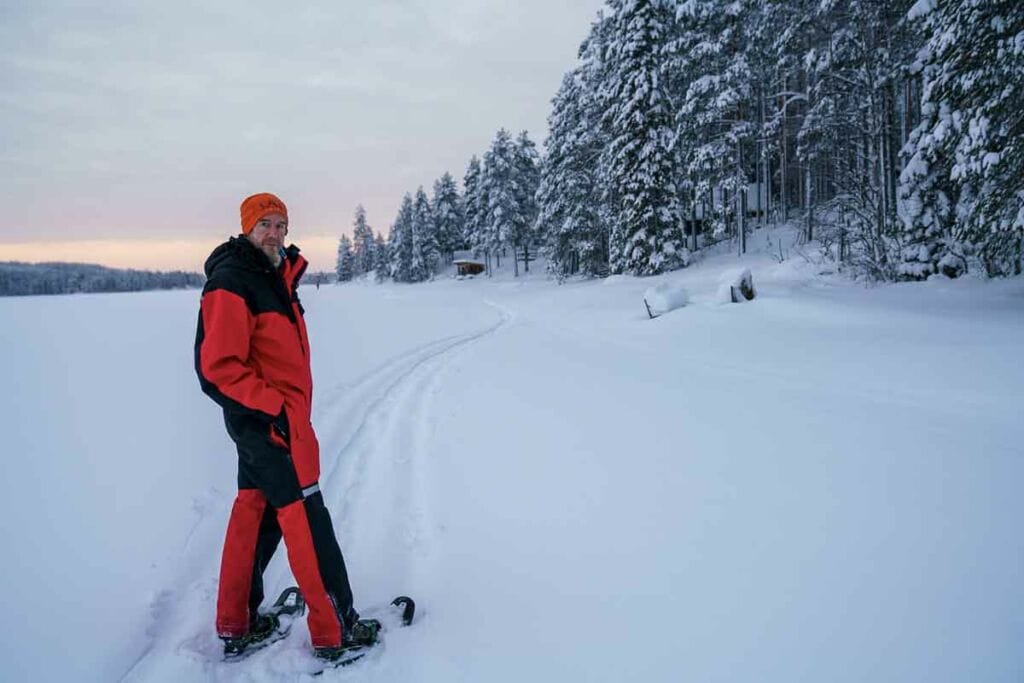
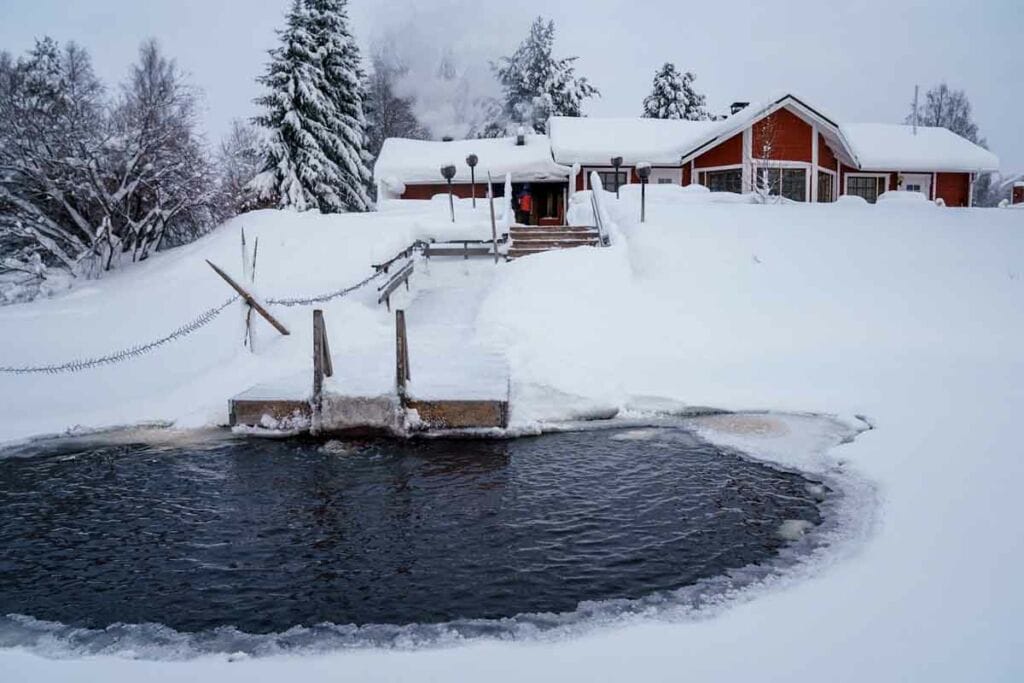

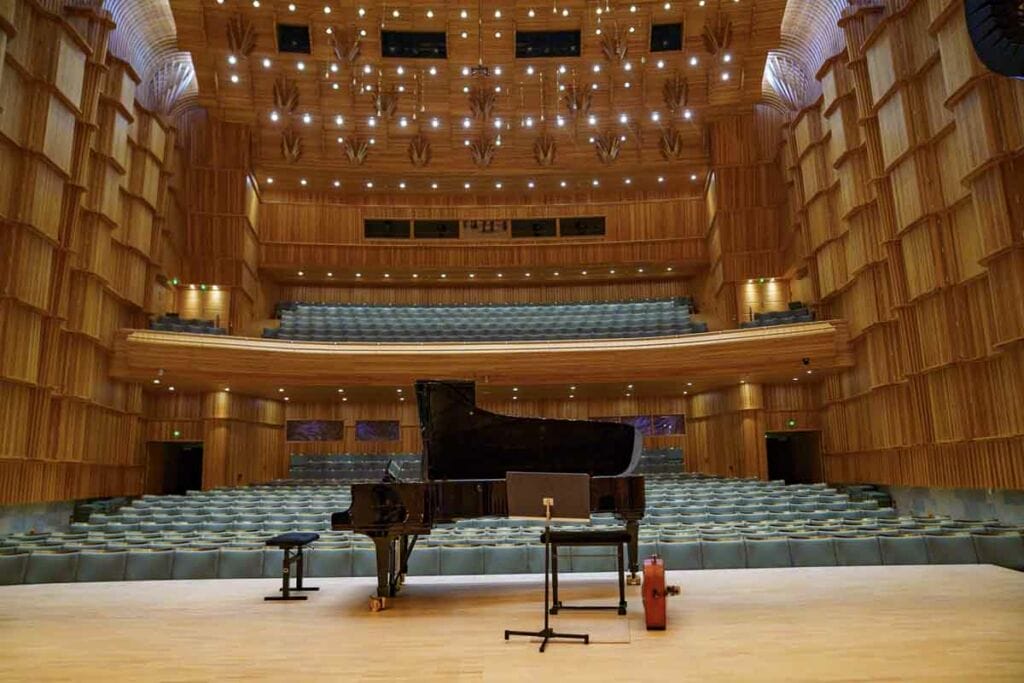

That place is so beautiful! Cant wait to see it in real life
Thank you!